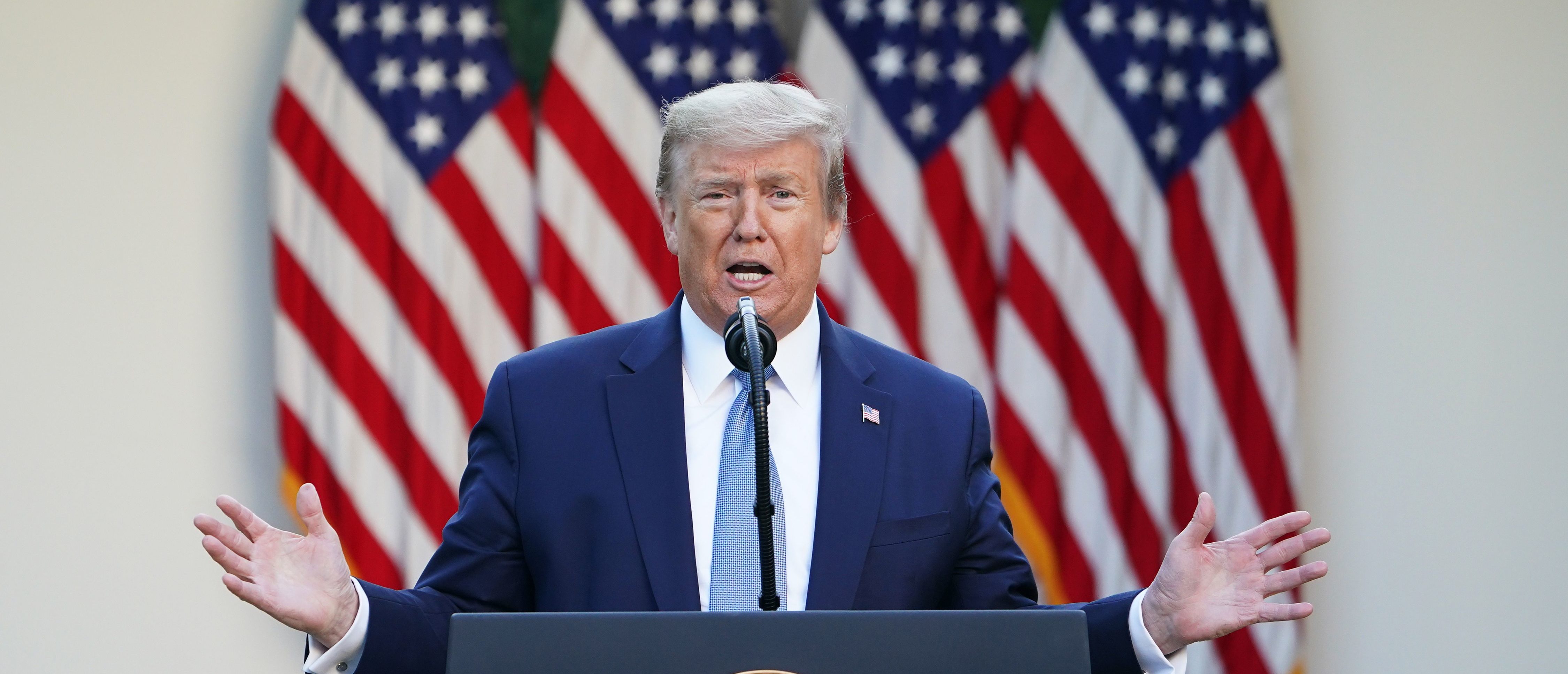Analyzing Rasmussen Presidential Poll Data

Rasmussen Reports is a well-known polling organization that conducts surveys on a wide range of political and social issues. Their presidential polls have garnered significant attention, particularly during election cycles. This analysis delves into the intricacies of Rasmussen presidential poll data, comparing and contrasting its findings with those of other reputable polling organizations, identifying potential biases or limitations associated with its methodology, and discussing the impact of its results on the political landscape and public perception.
Comparing Rasmussen Presidential Poll Data with Other Polling Organizations
Rasmussen Reports’ presidential poll data is often compared with that of other prominent polling organizations, such as Gallup, Pew Research Center, and the FiveThirtyEight election forecast. While all these organizations aim to capture public opinion accurately, differences in methodologies, sample sizes, and weighting techniques can lead to variations in poll results.
- Sample Size and Selection: Rasmussen Reports typically uses smaller sample sizes compared to other organizations, which can impact the margin of error and potentially influence the accuracy of the poll results.
- Weighting Techniques: Rasmussen Reports employs its own weighting techniques to adjust for demographic factors, potentially leading to discrepancies in results compared to organizations using different weighting methods.
- Question Wording: Subtle variations in question wording can significantly affect responses. Comparing poll results across different organizations requires considering the specific wording used in each poll.
Potential Biases and Limitations of Rasmussen Reports’ Methodology
While Rasmussen Reports strives for objectivity, certain aspects of its methodology may introduce potential biases or limitations.
- Telephone-Based Surveys: Rasmussen Reports primarily relies on telephone-based surveys, which can exclude individuals without landlines or who are reluctant to participate in phone surveys. This can potentially skew the results towards specific demographics.
- Live Interviewer Bias: The presence of a live interviewer can influence respondents’ answers, potentially introducing bias. The interviewer’s tone, demeanor, and even unintentional cues can affect the responses.
- Sampling Bias: Rasmussen Reports uses a random digit dialing (RDD) method for its telephone surveys. However, RDD can still lead to sampling bias if certain demographic groups are underrepresented in the telephone directory.
Impact of Rasmussen Presidential Poll Results on the Political Landscape and Public Perception
Rasmussen presidential poll results can have a significant impact on the political landscape and public perception.
- Media Coverage: Rasmussen Reports’ polls are frequently cited in news reports and political commentary, influencing public discourse and shaping the narrative surrounding presidential elections.
- Campaign Strategies: Candidates and their campaigns often use poll data to gauge public sentiment, identify key issues, and adjust their strategies accordingly. Rasmussen Reports’ polls can provide valuable insights for campaign strategists.
- Voter Confidence: Poll results can influence voter confidence and turnout. If a candidate is consistently shown to be trailing in polls, it can discourage their supporters from voting, potentially impacting the election outcome.
Interpreting Rasmussen Presidential Poll Results

Rasmussen Reports, a well-known polling organization, regularly conducts surveys to gauge public opinion on a variety of topics, including presidential elections. These polls provide valuable insights into the political landscape and can help predict the outcome of elections. Understanding the key trends and patterns observed in Rasmussen presidential polls is crucial for informed political analysis.
Trends and Patterns in Recent Rasmussen Presidential Polls
Recent Rasmussen presidential polls have revealed several key trends and patterns. One notable trend is the volatility of voter sentiment. Polls often show fluctuations in candidate support, approval ratings, and voter enthusiasm. These fluctuations can be influenced by a variety of factors, including current events, media coverage, and campaign strategies.
Another significant pattern is the increasing polarization of the electorate. Rasmussen polls often show a widening gap between the views of Democrats and Republicans on a range of issues. This polarization can make it challenging for candidates to appeal to a broad range of voters.
Implications for the Upcoming Election
The trends and patterns observed in Rasmussen presidential polls have significant implications for the upcoming election. The volatility of voter sentiment suggests that the race could be close and unpredictable. Candidates will need to be nimble and adaptable to respond to changing public opinion. The increasing polarization of the electorate means that candidates will need to focus their efforts on mobilizing their base and persuading undecided voters.
Key Findings of the Latest Rasmussen Presidential Poll
The latest Rasmussen presidential poll, conducted on [Date of poll], provides a snapshot of the current political landscape. Here are some of the key findings:
| Candidate | Support |
|---|---|
| [Candidate 1] | [Percentage] |
| [Candidate 2] | [Percentage] |
| Issue | Approval Rating |
|---|---|
| [Issue 1] | [Percentage] |
| [Issue 2] | [Percentage] |
“The latest Rasmussen poll shows a close race, with [Candidate 1] leading by a narrow margin. However, the poll also indicates that voter sentiment is volatile and could shift in the coming weeks.” – [Source]
Rasmussen Presidential Polls have consistently provided insights into the political landscape, often serving as a barometer for public opinion. The polls’ impact can be seen in how they influence the narrative surrounding key events, such as the Fox Presidential Debate , where candidates’ performances can dramatically shift the trajectory of the polls.
The Rasmussen Presidential Poll, a key indicator of public sentiment, often reflects the national mood. It’s worth noting that the poll’s findings can be influenced by factors like the moderator of the next presidential debate, who is moderating the next presidential debate , as their approach can shape the conversation and potentially sway voters.
The Rasmussen Presidential Poll, with its focus on the electorate’s perspective, provides valuable insight into the dynamics of the upcoming election.
